Publications
We present only several selected books on this page. The whole list of our publications can be found here.
DAVIDOVÁ GLOGAROVÁ, Jana – DAVID, Jaroslav: Obrazy z cest do země Sovětů (české cestopisy do sovětského Ruska a Sovětského svazu 1917–1968). Brno – Ostrava: Host – OU, 2017.
The monograph Obrazy z cest do země Sovětů [Images from Journeys to the Land of the Soviets] presents an analysis of Czech travelogues describing journeys to Soviet Russia (and later the Soviet Union) between 1917 and 1968. The analysis reveals how Czechoslovak society’s perception and image of Soviet Russia changed during the course of the 20th century as a consequence of political and cultural developments. Critical readings of the travelogues, informed by both literary-historical and linguistic approaches, confirmed the central
hypothesis of the study – that travelogues such as these represent a distinctive group of texts which have always responded to and reflected cultural and political changes. At the same time, the travelogues also helped to create an ideological image of Russia – whether pro-Soviet, or (less frequently) anti-Soviet. Travelogues during the period under investigation are represented by a large collection of texts (72 in total), ranging from simple descriptive accounts of journeys to examples of coverages and stylized literary texts. We predominantly focused on the most prominent feature of the analyzed texts – their function as tools for political activism or even propaganda, most strongly manifested in the texts by left-wing authors. After the communists’ seizure of power in 1948, travelogues describing journeys to the Soviet Union developed into tools of state-controlled propaganda.
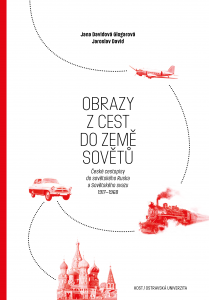
ČECH, Radek, Jaroslav DAVID and Miroslav KUBÁT. Hesla/Particular entries. In: Karlík, P. – Nekula, M. – Pleskalová, J. (eds.). Nový encyklopedický slovník češtiny. Praha: Nakladatelství Lidové noviny, 2016.
Radek Čech (as author or co-author) made the following entries: Entropy, Cluster Analysis, Vocabulary Richness of Text, Thematic Concentration of Text.
Jaroslav David (as author or co-author) made the following entries: Historical Semantics, Commemorative Place Name, Proper Names Creation, Newspeak, Nick, Political Correctness, Political Onomastics, Socioonomastics, Urbanonym, Heraldic Proper Name, Settlement Name, Settlement Name Based on Naming of Inhabitants, Settlement Name Based on Naming of Services Provided by Inhabitants, Patronymic Proper Name, Possessive Proper Name.
Miroslav Kubát (as author or co-author) made the following entries: Vocabulary Richness of Text, Thematic Concentration of Text.
The full-version dictionary is available here.
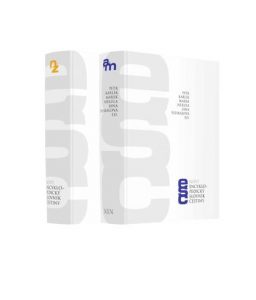
KUBÁT, Mirolslav. Kvantitativní analýza žánrů. Ostrava: OU, 2016.
The work analyses the genres using the quantitative methods, more specifically it focuses on text frequency structure indexes (e.g. vocabulary richness, POS distribution, activity). In order to avoid the negative influence of different authors’ styles, the corpus contains texts written by one author only – Karel Čapek. The resulting values are always statistically tested and linguistically interpreted. The main aim of the work is to verify the general stylistic assumptions experimentally.
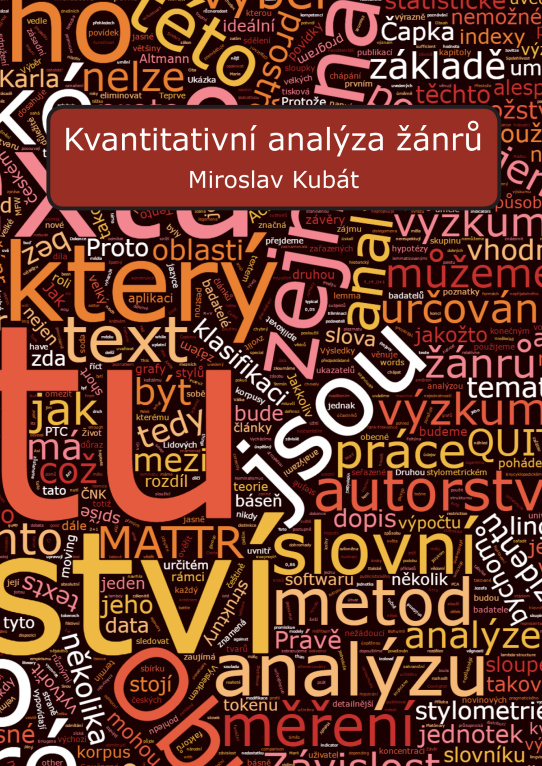
DAVID, Jaroslav (ed.). Toponyma: kulturní dědictví a paměť míst. Ostrava: OU, 2016.
The book of studies, written by 14 authors, presents both the texts dealing with common problems, and the studies aimed at the place name materials. Place names are presented in specific situations where the crucial role is played by their cultural and place-memory-creating values. The important focus is also given to interdisciplinarity and application of new approaches to place names research and interpretation – e.g., critical discourse analysis, the concept of place memory, geographic and anthropological approaches.
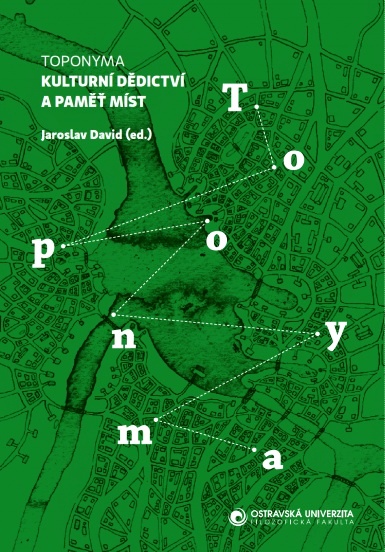
ČECH, Radek. Tematická koncentrace textu v češtině. Praha: Ústav formální a aplikované lingvistiky, 2016.
The purpose of this book is to present a systematic analysis of a method to measure a thematic text property, termed thematic concentration, and to introduce ways of applying this method in textology. The method is based on frequency characteristics of text. Select properties of rank frequency distribution of words are used to detect thematic words – i.e., words representing central topics of the text. Moreover, the method allows to quantify the thematic weight of these words and, consequently, to quantify a degree of the thematic concentration of the whole text. Differences between the thematic concentrations of particular texts (or groups of texts) can be statistically tested.
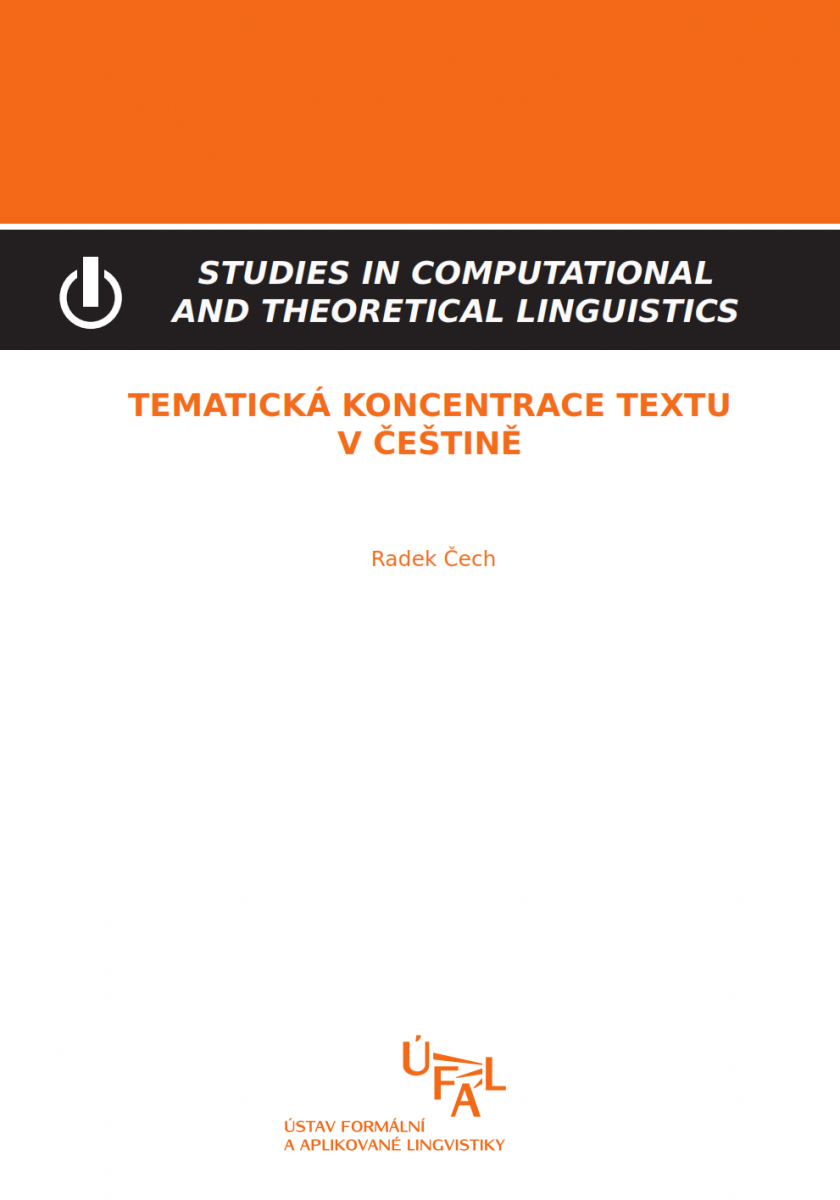
RADKOVÁ, Lucie a Jana RAUSOVÁ. Mluva uživatelů a výrobců drog. Ostrava: OU, 2015.
The study addresses two key goals. Firstly, it aims to offer readers the largest possible collection of original, previously unpublished, authentic, contemporary linguistic material taken from the communication of users, distributors and producers of illegal drugs. Secondly, it aims to determine whether the members of the drug subculture attempt to conceal meanings in their communication by using specific vocabulary. The study also examines the word-formation processes that are active in certain specific expressions – especially those related to the production of methamphetamine – and traces the development of and situation with regard to illegal drug use in the Czech Republic.
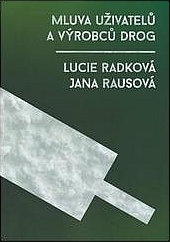
DAVID, Jaroslav a Přemysl MÁCHA. Názvy míst: paměť, identita, kulturní dědictví. Brno: Host, 2014.
The book is divided into four chapters. It is focused not only on a general relationship between toponyms (place names) and history and a particular locality, but it is also looking for answers as to the role of place names in creating a space and memory of a place, and as to how they have been forming the local identity of the locals. Moreover, its aim is to draw attention to place names as important parts of cultural heritage, and to present reasons for and ways of their preservation. The research was focused on two “young” urban localities (Ostrava, Havířov), and two “traditional” rural regions (villages in the upper part of the Morávka Basin and the upper part of the Vsetínská Bečva River). The goal was to find out if there are differences in knowledge, formation, functions and perception of place names. The book presents mutual interaction between contemporary standardized and non-standardized (unofficial) toponymy from the toponomastic, geographical and anthopological points of view, and at different levels.
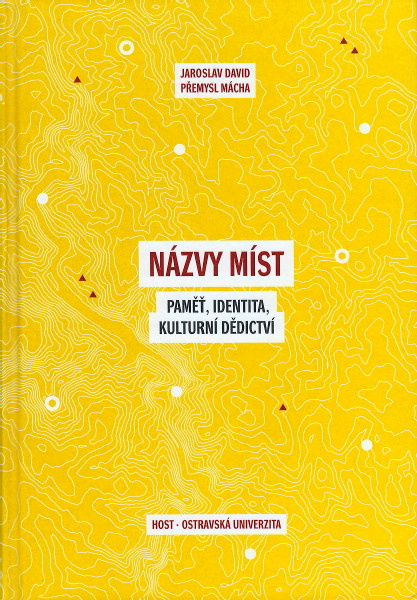
DAVID, Jaroslav. Czech in Ostrava: how not to get lost in Czech and in Ostrava. Ostrava: OU, 2014.
The Czech for Foreigners coursebook was written as a summary of many years’ experience of teaching foreign students arriving predominantly within the Erasmus exchange programme. In twelve lessons, they are presented with basic Czech grammar, lexis and conversational topics (level A1–A2). The introduction – including the presentation Czech language and its specificities – is followed by units presenting a particular grammar topic, practically and communicatively oriented exercises, homework tasks, and basic issues of everyday communication – e.g., study, university, dormitory, e-mail writing, a project presentation, travelling, shopping, etc. Students are supposed to learn, understand and be able to react in usual communicative situations. The attention is also paid to language etiquette, e.g., T–V distionction; addressing people is also paid attention. The units 1–5 are mediated through the English language. The text is accompanied by a quantity of original illustrations.
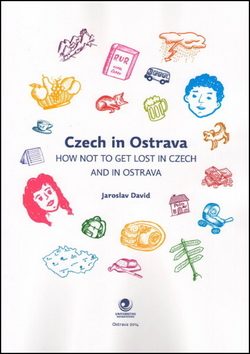
ČECH, Radek, Ioan-Iovitz POPESCU a Gabriel ALTMANN. Metody kvantitativní analýzy (nejen) básnických textů. Olomouc: UP, 2014.
The book presents methods of quantitative text analysis; specifically, methods that can be used for measurement of a text’s a) thematic concentration, b) vocabulary richness, c) activity, d) word length and its relationship to the length of verse, and e) euphony. For each individual method, a procedure is presented for statistical testing of differences between individual texts, as per the qualities measured. These procedures are described in detail and accompanied each with illustrative examples of analyses of actual texts. The book opens with a chapter summarizing the basic theoretical and methodological foundations of contemporary quantitative linguistics, and thus offers not only a presentation of the individual methods used therein, but also of their respective theoretical backgrounds.
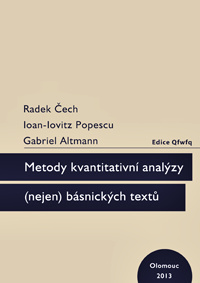
KUBÁT, Miroslav, Vladimír MATLACH and Radek ČECH. QUITA – Quantitative Index Text Analyzer. Lüdenscheid: RAM, 2014.
The main purpose of QUITA is to provide a user-friendly tool of quantitative text analysis for researchers (especially in the humanities) without deeper knowledge of quantitative linguistics, statistics and programming. Apart from generating results, QUITA also enables a simple statistical comparison and creating charts. There is no need to use any additional software, such as spreadsheet applications or special statistical programs. In sum, QUITA is the programme that combines all important parts of any quantitative research: obtaining results, statistical testing, and graphical visualization.
The QUITA manual contains step-by-step instructions. All tools are concisely described and accompanied by screen-shots. Every indicator is briefly presented (completed with references), and mathematically defined. There are also examples of computation and statistical comparison.
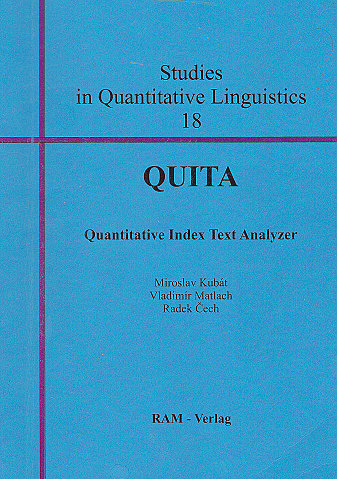
DAVID, Jaroslav. Radek ČECH, Jana DAVIDOVÁ GLOGAROVÁ, Lucie RADKOVÁ, Hana ŠÚSTKOVÁ. Slovo a text v historickém kontextu: perspektivy historickosémantické analýzy jazyka. Brno: Host, 2013.
The main goal of the monograph is to present new methodological approaches – differing from traditional methods – which, in our opinion, are suitable for the historical-semantic analysis of language. The presentation of various topics and surveys of a markedly heuristic nature is solely intended to indicate potential avenues of research and approaches to language, text and semantics in their historical context. The research is conducted on journalistic texts, 1st-May slogans, new year’s presidential speeches, and dictionaries of argot. Its “non-traditional” approach to the historical-semantic analysis of language applies a wide variety of methods, from the systematic tracing of the contexts and collocations of the analyzed lexical items – through the use of corpora consisting of texts delineated on the bases of both genre and date –, to the application of quantitative linguistic methods (the analysis of thematic concentration, the measurement of similarity/difference in the choice of thematic words).

RADKOVÁ, Lucie. Jak se mluví za zdmi českých věznic. Ostrava: OU, 2012.
With its focus, the submitted work is balancing between various disciplines – from the view of methodology and, to a great extent, of its contents, it can be classified as a sociolinguistic issue, but considering the presented material and how it was processed, the work approaches linguistic, or more precisely, lexicographical manuals. Two main goals have been established. The first goal was to gather and present the original, updated and, within our resources, integrated corpus of linguistic data, the second goal was to review the existing theory of slang (or prison jargon), particularly the issue of its alleged cryptic function.
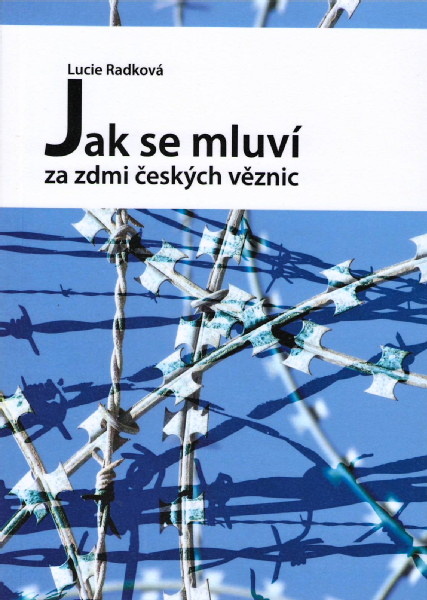
DAVID, Jaroslav. Smrdov, Brežněves a Rychlonožkova ulice. Kapitoly z moderní české toponymie. Praha: Academia, 2011.
This book is focused on the development of modern Czech toponymy of the 19th and 20th centuries. This issue is illustrated with commemorative names, usage place names in advertisement and literary texts, and also with street names developments. The development of Czech toponymy is presented in the context of Central Europe.
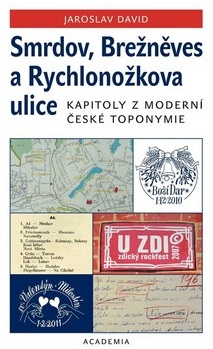
DAVID, Jaroslav, Michaela ČORNEJOVÁ and Milan HARVALÍK (eds.). Mnohotvárnost a specifičnost onomastiky. IV. česká onomastická konference, 15.–17. září 2009. Ostrava: OU, 2010.
The 4th Czech Conference on Onomastics was held in Ostrava, the Faculty of Arts, the University of Ostrava, the Czech Republic, on 15–17 September, 2009. Its theme was Diversity and Specificity of Onomastics. The conference proceedings summarize the texts of presentations and sessions from the conference. The papers are focused on onomastics and proper names – e.g., theory and methodology of onomastics, personal names, place names, minor place names and street names, pet names and chrematonyms.
The conference proceedings are available here.